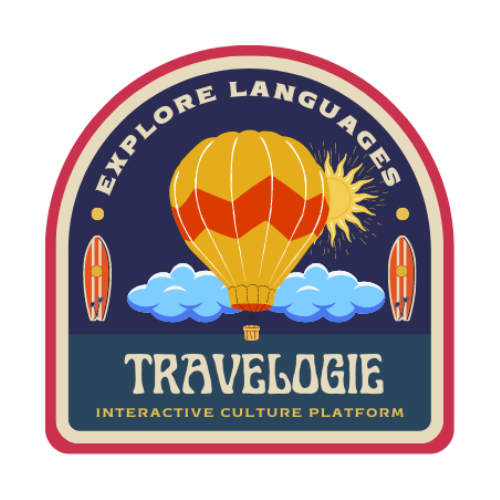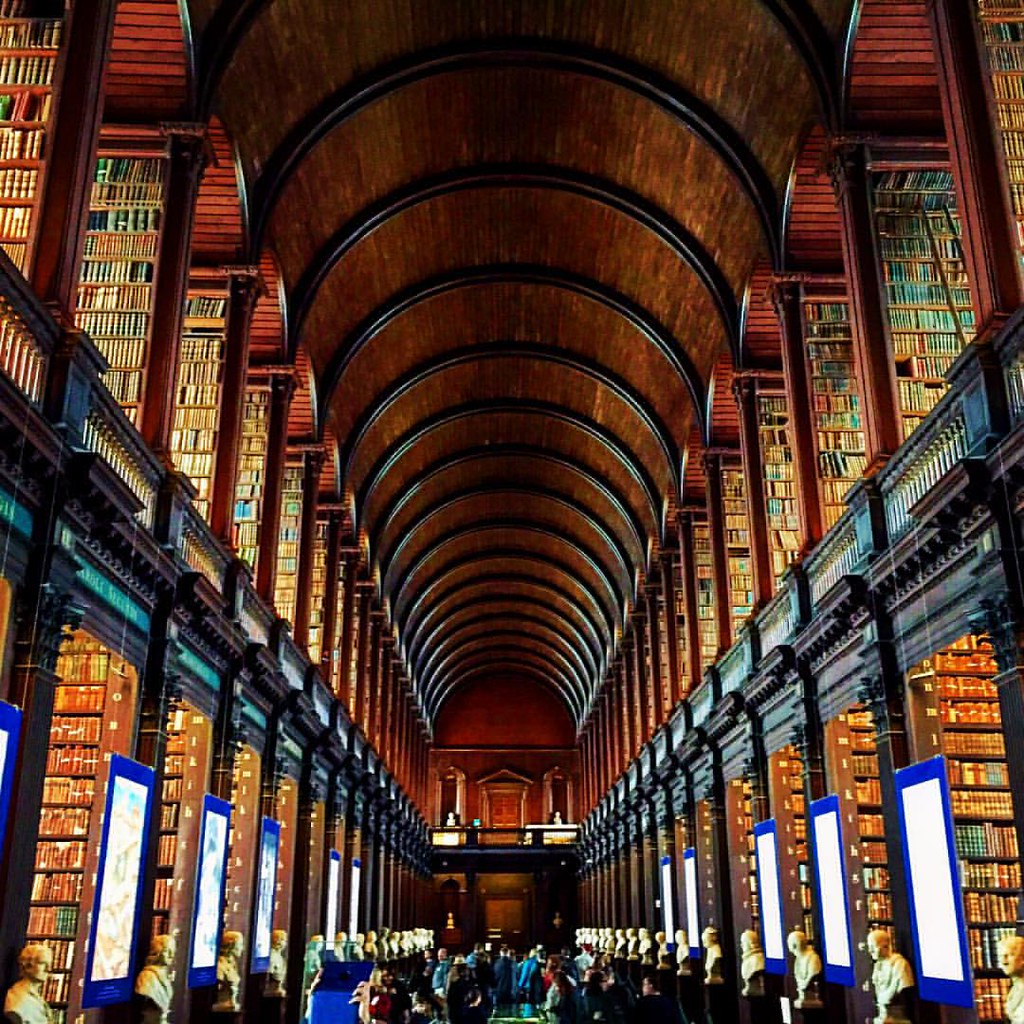Dublin, Ireland

Here is a quick overview of the history of Dublin:
• Dublin was first settled as a Viking town in the late 9th century AD. It was established as a trading port and became an important center of commerce.
• In the 12th century, Dublin became a walled city under Norman rule. It continued to grow in importance as a trade hub and many landmarks were built, including St Patrick‘s Cathedral and Dublin Castle.
• In the 16th and 17th centuries, Dublin went through a major expansion. Many new structures were erected including Christ Church Cathedral, Trinity College Dublin, and Dublin City Hall. This led to Dublin becoming the second largest city in the British Isles after London.
• During the 18th century, Dublin saw the rise of Georgian architecture and became a center of culture, learning, and commerce. Many grand townhouses, government buildings, and landmarks were constructed.
• In the 19th century, Dublin underwent rapid growth and industrialization. There were improvements in transportation, sanitation, and infrastructure. This led to overcrowding and poor living conditions for the poor. There were also political and social upheavals, including the Irish famine.
• In the early 20th century, Dublin experienced a cultural revival. Many historical sites were restored. There were also political changes, including the Easter Rising of 1916 and Ireland gaining independence from Britain.
• Since independence, Dublin has prospered and become a major global city while preserving its history and cultural heritage. It is now a UNESCO City of Literature and a gateway city for international business, arts, and tourism.
Here are the 10 most popular tourist attractions in Dublin:
Guinness Storehouse: A popular attraction profiling the history of Guinness beer. It includes a brewery tour, tasting rooms, exhibitions and indoor playground. Open 7 days a week, 9 am – 5 pm. Tickets €15-30. 50–51 James‘s Gate. +353-4-1707-2100. https://www.guinness-storehouse.com/
Dublin Castle: The historic seat of British rule in Ireland for over 700 years. Now a visitor and cultural center with exhibits on the history of Dublin. Mon-Sat 9.30 am – 5 pm, Sun & public holidays noon – 4.30 pm. Free admission. Dublin. 2. +353-1-645-8785. https://www.dublincastle.ie/
Trinity College Library and Book of Kells: A 300-year-old college in the heart of Dublin with historic buildings, a library and arts center. Mon-Sat 8 am – 12 am, Sun 12 pm – 5 pm. Free admission. Dublin 2. +353-1-896-2320. https://www.tcd.ie/
Temple Bar: is Dublin’s cultural district known for its lively pubs, restaurants, shops, art galleries, and historical attractions. Temple Bar district featuring a UNESCO World Heritage site, cobblestoned streets, and vibrant nightlife. Hours of operation: Open 24 hours a day, 7 days a week. The pubs and restaurants typically have the longest hours, while shops and attractions vary. Cost: Most attractions and activities in Temple Bar are free to enjoy. Pubs and restaurants charge for food and drinks. Some art galleries may have admission fees for special exhibits. Address: Temple Bar, Dublin 2, Ireland Phone number: +353 1 677 7371. Website: https://thetemplebarpub.com/
Museum of Ireland: Artifacts, treasures and mementos highlighting the history of Ireland and Irish culture. Great for kids and adults. Mon-Sat 10 am – 5 pm, Sun 2 pm – 5 pm. Free admission. Dublin 2. +353-1-677-7444. https://www.museum.ie/
Top Day Trips from Dublin:
Wicklow Mountains: The Wicklow Mountains offer hiking trails, scenic drives and stunning views of Dublin city and coastline. Open daily year-round. Most trails and drives are free. Transportation: Car: 30–45 min southwest of Dublin center, petrol costs apply. https://www.nationalparks.ie/wicklow/
Newgrange: A UNESCO World Heritage Site and older than Stonehenge, Newgrange is a 5,000 year old passage tomb. Open daily March-October 9am-6pm, November-February 10am-5pm. Admission €5-8. Address: Newgrange, Brú na Bóinne, Donore, Co. Meath. Tel +353 41 482 2678 Website: https://www.newgrange.com/
Howth: A scenic fishing village northeast of Dublin with lobster shacks, beaches, nature trails and Seabird Center. Open daily year-round. Most attractions free to explore. Transportation: Dart Rail: 30 min from Dublin city center, fares start at €3. https://www.irishrail.ie/plan-a-journey/howth
Dalkey Island: A picturesque island south of Dublin with beaches, walking trails, historic castle and coastline beauty. Open daily May-October, weather dependent. Admission to island €2-3 but ferries expensive! Transportation: Ferry: 30-40 min from Dun Laoghaire port, fares €8-12 single.
Kilkenny City: A medieval city known as the ‘Marble City’ with Kilkenny Castle, Smithwick’s Experience Kilkenny, craft beers and traditional culture. 1.5 to 2 hours southeast of Dublin. Admission fees apply to attractions and activities. Transportation: Bus: 2-3 hours from Dublin city center, fares start at €15 round trip.
Here are the main types of transportation in Dublin:
**Train** Operates daily, approximately 3 am to midnight. Fares start at €2.40. https://www.irishrail.ie/
**Dublin Bus** Operates daily, approximately 4 am to midnight. Fares start at €1.70. https://www.dublinbus.ie/
**LUAS Light Rail** Operates daily, approximately 5 am to midnight. Fares start at €1.95. https://www.luas.ie/
**Taxi** Available 24 hours. Fares start at €4 but vary significantly by distance travelled. No official website.
**Bicycle/Cycling** Over 1,000 km of cycling routes across the city. Free to use. https://www.dublinbikes.ie/en/home
**Uber and Other Ride Sharing Services** Available 24 hours. Fares start at around €10-€15 for journey within the city center. https://www.uber.com/cities/dublin
**Private Bus Operators** Numerous private coach operators offer bus services to and from Dublin. Bus Eireann is the main intercity and express coach service. https://www.buseireann.ie/
**Air Coach** Express coach service to major Irish cities and airports including Dublin Airport. Operates daily from 4 am to 1 am. https://aircoach.ie/
The major airports near Dublin are:
**Dublin Airport** Cloghran, County Dublin, Ireland. +353 1 814 1000. https://www.dublinairport.com/
**Rail** DART Rail – 35 min, €3.30. https://www.irishrail.ie/service/dart
**Bus** Aircoach – 30 min, €7. https://www.aircoach.ie/
**Taxi** 30 min, €25-35. https://www.hackneytaxi.co.uk/
**Shared Shuttle** Aircoach & Go-Ahead – 20-30 min, €5-8. https://aircoach.ie/services/airport-express/
**Private transfer** 1-4 people, 30-40 min, €30-60.
The main types of travel to and from Dublin Airport include rail (DART), bus (Aircoach), taxi, shared shuttle bus (Aircoach & Go-Ahead), and private transfer.
Travel time and cost will vary depending on traffic and the final destination within Dublin city center or surrounding areas.
Please check the links for up to date schedules, fares and services.
The currency in Dublin, Ireland is the euro (€). The Republic of Ireland uses the euro, represented by the symbol € and the currency code EUR. ButNorthern Ireland uses the pound sterling (symbol: £ and currency code: GBP) because it is part of the United Kingdom.
The denominations of bills are:
• 5 euro
• 10 euro
• 20 euro
• 50 euro
• 100 euro
• 200 euro
• 500 euro
The denominations of coins are:
• 1 cent
• 2 cent
• 5 cent
• 10 cent
• 20 cent
• 50 cent
• 1 euro
• 2 euro
Dublin has a temperate maritime climate with cool summers and mild winters. Some key facts about the climate in Dublin:
• Summers are mild with average highs of around 65 F or 18 C and lows of 55 F or 13 C. Rarely goes above 77 F or 25 C.
• Winters are cool with average highs of 38 F or 3 C and lows of 32 F or 0 C. Rarely gets colder than 14 F or -10 C.
• Dublin gets a fair amount of rainfall throughout the year, with the most rain between October to February.
• Dublin averages over 200 cloudy or partly cloudy days per year. Though, summer months tend to have more sunshine.
• Strong onshore winds, especially in winter, can make it feel even chillier. But winds are usually not too extreme.




